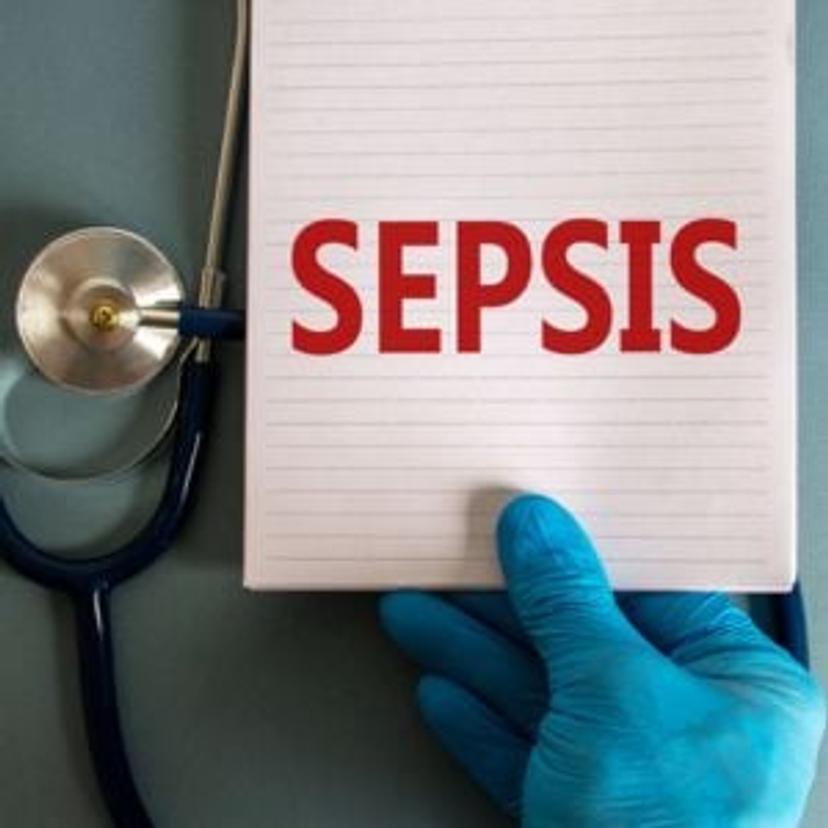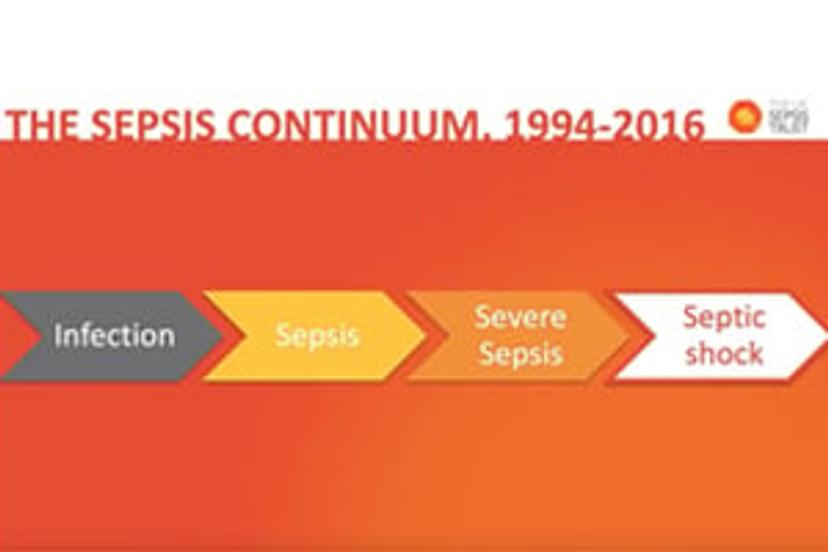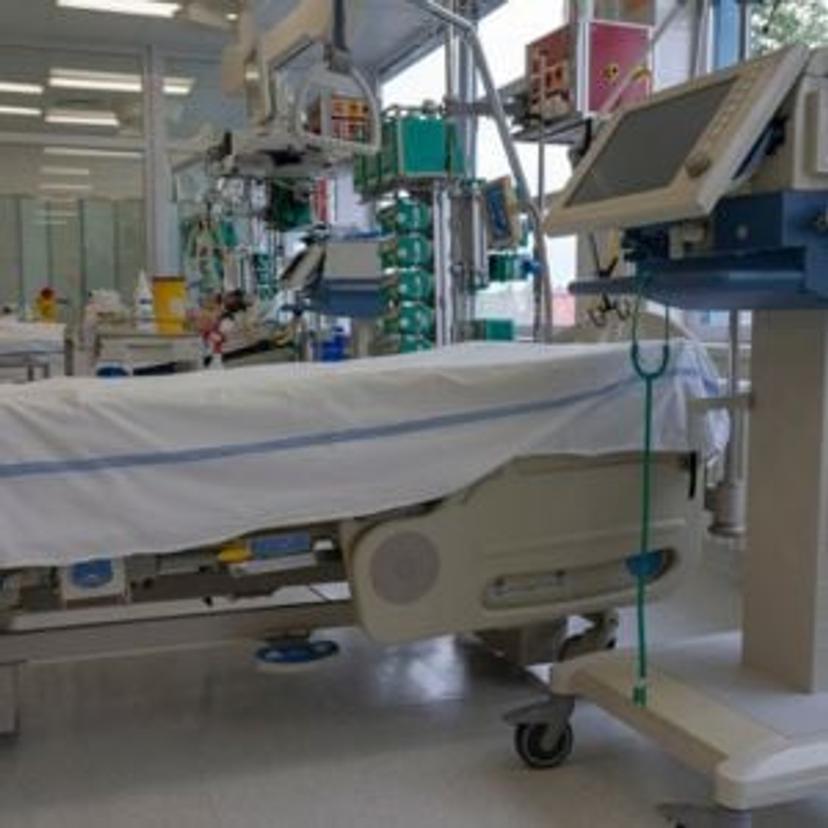Extraordinary advances in sepsis diagnosis and monitoring: Revolutionizing care
Learn about remarkable advances in sepsis diagnosis and monitoring over the past 25 years as we highlight some of the most notable breakthroughs.
31 May 2023

Sepsis is a life-threatening condition that requires rapid diagnosis and careful monitoring for optimal patient outcomes. The timely identification and management of sepsis are crucial in combating this global healthcare challenge. Over the past 25 years, remarkable advancements have been made in sepsis care, transforming the way we diagnose and monitor this complex condition. In this article, we will explore the extraordinary progress in sepsis diagnosis and monitoring, highlighting the key breakthroughs and discussing future improvements.
Biomarkers: Empowering early detection
One of the extraordinary advances in sepsis diagnosis and monitoring is the discovery and utilization of biomarkers. Biomarkers, such as procalcitonin (PCT) and C-reactive protein (CRP), play a vital role in early sepsis detection.1 These markers provide valuable information about the severity of the infection and help healthcare professionals initiate timely interventions. The incorporation of biomarkers into routine clinical practice has revolutionized sepsis management, enabling proactive treatment and improved patient outcomes.
Molecular diagnostics: Precision in pathogen identification
Advancements in molecular diagnostics have significantly enhanced sepsis care. Techniques such as polymerase chain reaction (PCR) and next-generation sequencing (NGS) have revolutionized the identification of causative pathogens. These molecular tests allow for rapid and precise pathogen detection, enabling targeted antimicrobial therapy and reducing the misuse of broad-spectrum antibiotics. The ability to identify the specific pathogen responsible for sepsis empowers healthcare providers to tailor treatment regimens and optimize patient care.1
Point-of-care testing (POCT): Speed and accuracy at the bedside

The integration of point-of-care testing (POCT) has revolutionized sepsis diagnosis and monitoring. POCT devices provide rapid and accurate results directly at the patient's bedside, eliminating the need for time-consuming laboratory testing. These portable devices enable immediate decision-making and prompt initiation of appropriate treatments. The use of POCT for sepsis management ensures timely interventions, reduces the risk of complications, and improves patient outcomes.
Intelligent monitoring systems: Early detection and intervention
The advent of intelligent monitoring systems holds immense promise for sepsis care. These systems leverage artificial intelligence (AI) algorithms to analyze patient data, including vital signs, laboratory values, and clinical parameters. By continuously monitoring these data points, intelligent monitoring systems can identify subtle changes indicative of sepsis development or progression. Early detection enables healthcare providers to intervene promptly, potentially preventing severe complications and reducing mortality rates.2
Telemedicine and remote monitoring: Enhancing accessibility
Telemedicine and remote monitoring have become invaluable tools in sepsis care, particularly in remote or underserved areas. With telemedicine, healthcare professionals can remotely monitor patients, review vital signs, and provide expert advice. Remote monitoring devices, including wearable sensors, facilitate continuous data collection, enabling early detection of sepsis-related changes. These technologies improve accessibility to specialized care, enhance patient compliance, and reduce the burden on healthcare systems.
Microfluidic technology: Miniaturized lab-on-a-chip devices

Microfluidic technology has revolutionized sepsis monitoring and diagnosis by enabling the development of miniaturized lab-on-a-chip devices. These devices allow for rapid analysis of multiple parameters, including biomarkers and blood cell counts, using only small sample volumes. The integration of microfluidics with biosensors and imaging techniques enhances the sensitivity and specificity of sepsis diagnostics. These portable and cost-effective devices offer the potential for point-of-care sepsis testing, particularly in resource-limited settings. Microfluidic technology is paving the way for early and accurate sepsis diagnosis, facilitating timely interventions and improving patient outcomes.3
Big data analytics: Leveraging data for improved decision making
The era of big data analytics has had a profound impact on sepsis care. The ability to process and analyze large volumes of patient data, including electronic health records, vital signs, laboratory results, and genomic information, has opened new avenues for sepsis monitoring and diagnosis. Machine learning algorithms applied to big data sets can identify patterns and risk factors associated with sepsis development and progression. This knowledge enhances early detection, prediction, and personalized treatment planning. By leveraging the power of big data analytics, healthcare providers can make more informed decisions, optimize resource allocation, and improve patient outcomes in sepsis management.4
Imaging techniques: Non-invasive assessment of sepsis-related organ dysfunction
Imaging techniques have emerged as valuable tools for assessing organ dysfunction and monitoring sepsis progression. Modalities such as ultrasound, computed tomography (CT), magnetic resonance imaging (MRI), and positron emission tomography (PET) enable visualization of specific organ systems affected by sepsis, including the lungs, liver, kidneys, and brain. These non-invasive imaging methods aid in the early identification of sepsis-related complications and guide treatment strategies. For example, lung ultrasound can detect pulmonary edema and guide appropriate ventilation strategies in septic patients. By providing valuable insights into the physiological changes associated with sepsis, imaging techniques complement other diagnostic approaches and contribute to comprehensive patient care.5
Future directions
Looking ahead, sepsis diagnosis and management is poised for further advancement. The integration of precision medicine approaches, such as genomics and personalized diagnostics, holds great potential. By analyzing an individual's genetic makeup, unique biomarkers associated with sepsis susceptibility and response to treatment can be identified. This personalized approach to sepsis diagnosis and management will enable tailored interventions, optimize therapy selection, and improve patient outcomes.
Learn more about the recent progress in sepsis diagnosis and monitoring
Video: Big data and biomarkers are improving sepsis patient outcomes
- Dr. Ron Daniels, Executive Director UK Sepsis Trust, discusses sepsis, its link to COVID-19 and antimicrobial resistance, and the importance of big data and public involvement in infection control.
Presentation: Total process sepsis control
- Watch this presentation discussing total process control in sepsis management, as presented at the SelectScience® Virtual Microbiology and Infectious Disease Summit 2022
Webinar: The role of lactate in early sepsis identification: Experiences from intensive care
- This webinar examines the significance of lactate measurement and the clinical implications of elevated blood lactate levels in sepsis.
References:
Pant, A., Mackraj, I. and Govender, T. (2021) ‘Advances in sepsis diagnosis and management: A paradigm shift towards nanotechnology’, Journal of Biomedical Science, 28(1). doi:10.1186/s12929-020-00702-6.
Goh, K.H. et al. (2021) ‘Artificial intelligence in sepsis early prediction and diagnosis using unstructured data in healthcare’, Nature Communications, 12(1). doi:10.1038/s41467-021-20910-4.
Dincer, C. et al. (2017) ‘Multiplexed Point-of-care testing – xpoct’, Trends in Biotechnology, 35(8), pp. 728–742. doi:10.1016/j.tibtech.2017.03.013.
Teng, A.K. and Wilcox, A.B. (2020) ‘A review of predictive analytics solutions for sepsis patients’, Applied Clinical Informatics, 11(03), pp. 387–398. doi:10.1055/s-0040-1710525.
Jarczak, D., Kluge, S. and Nierhaus, A. (2021) ‘Sepsis—pathophysiology and therapeutic concepts’, Frontiers in Medicine, 8. doi:10.3389/fmed.2021.628302.
